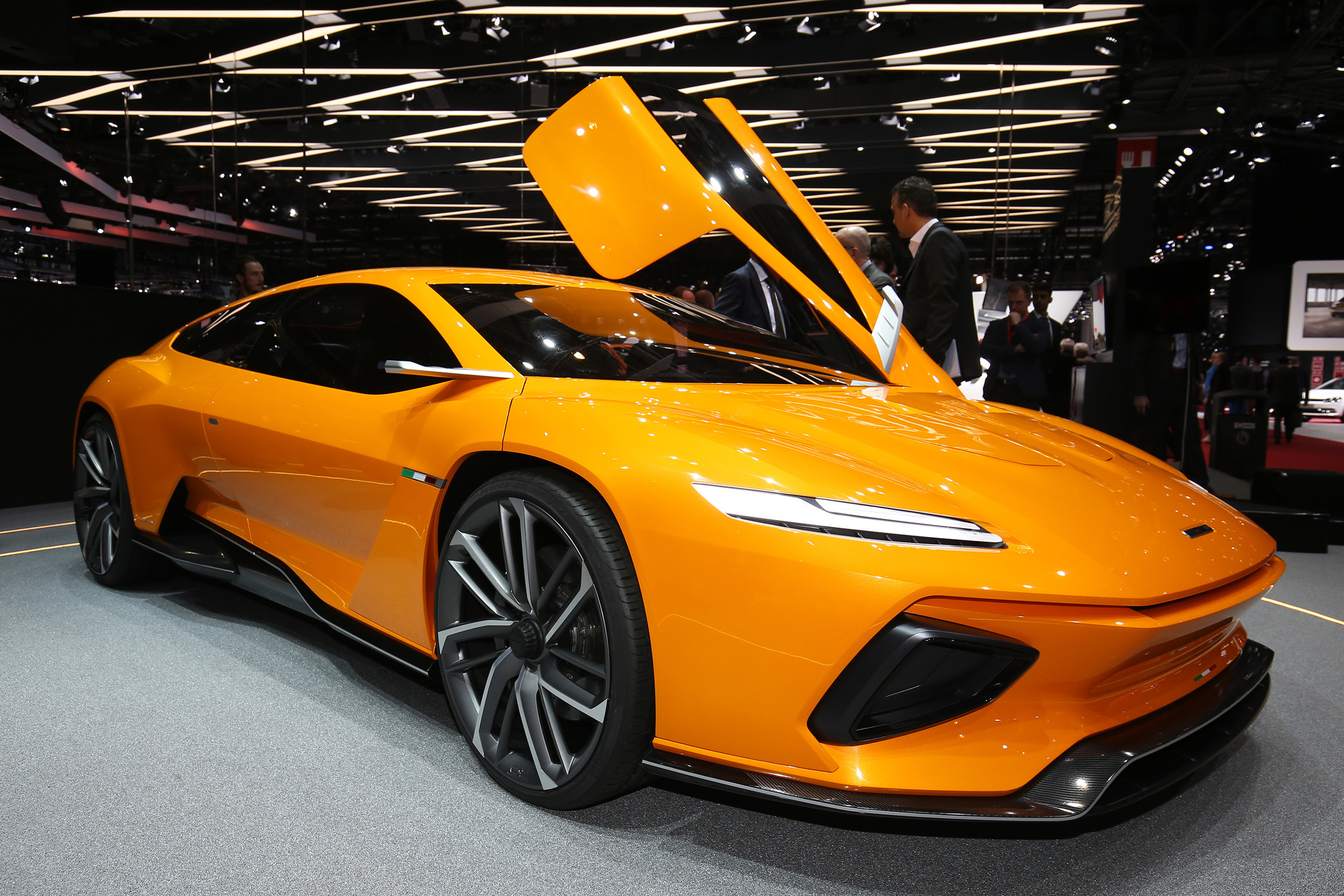
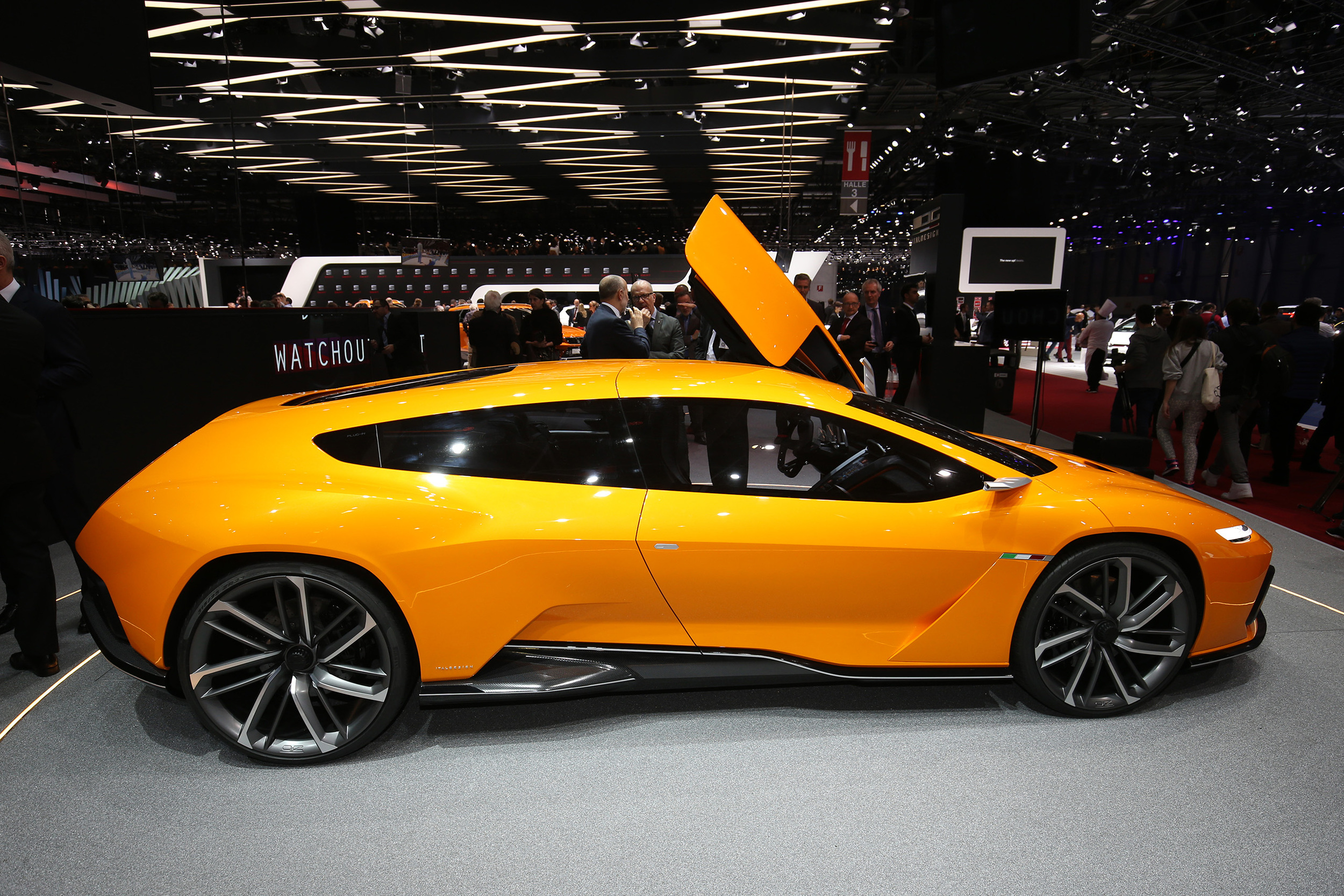
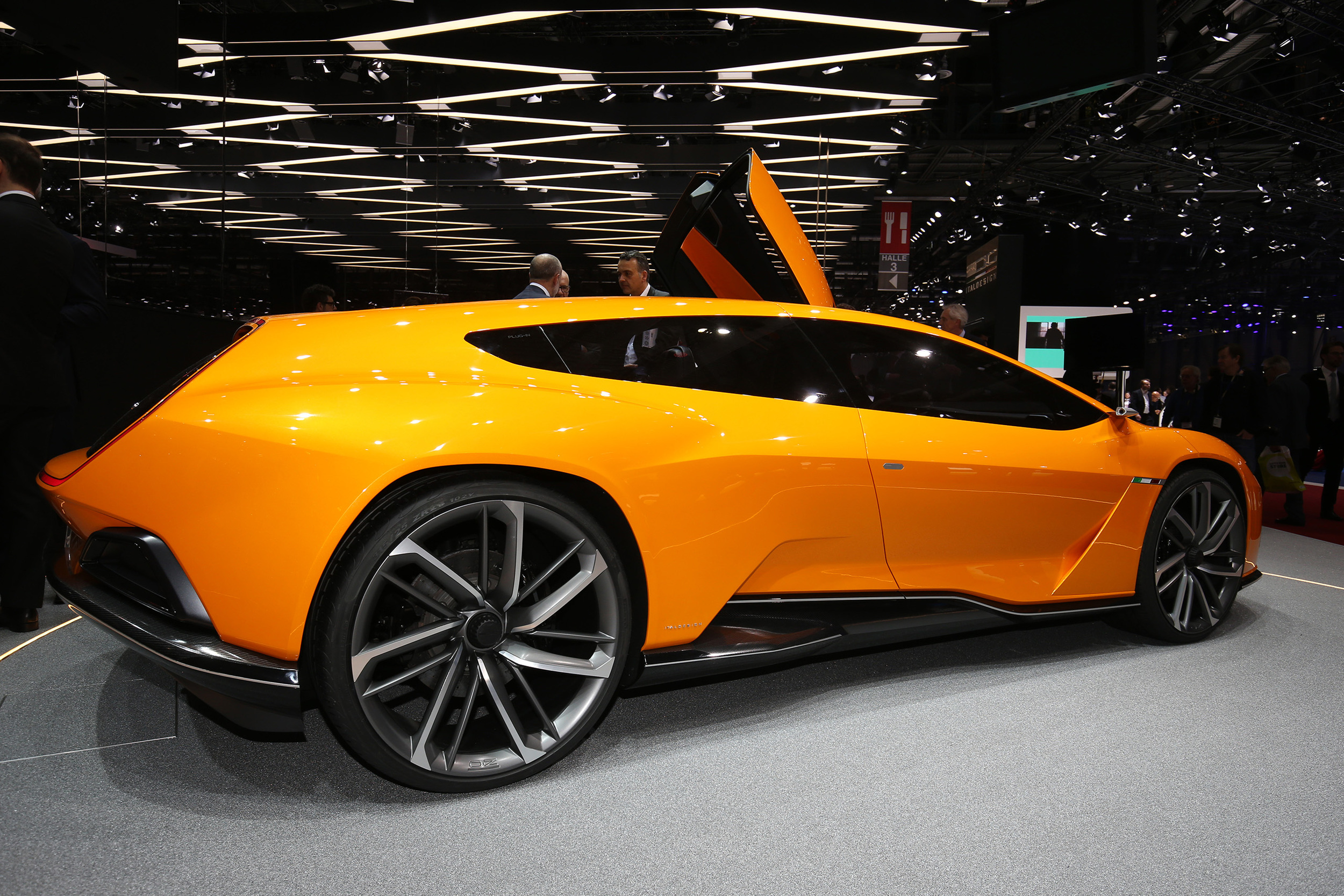
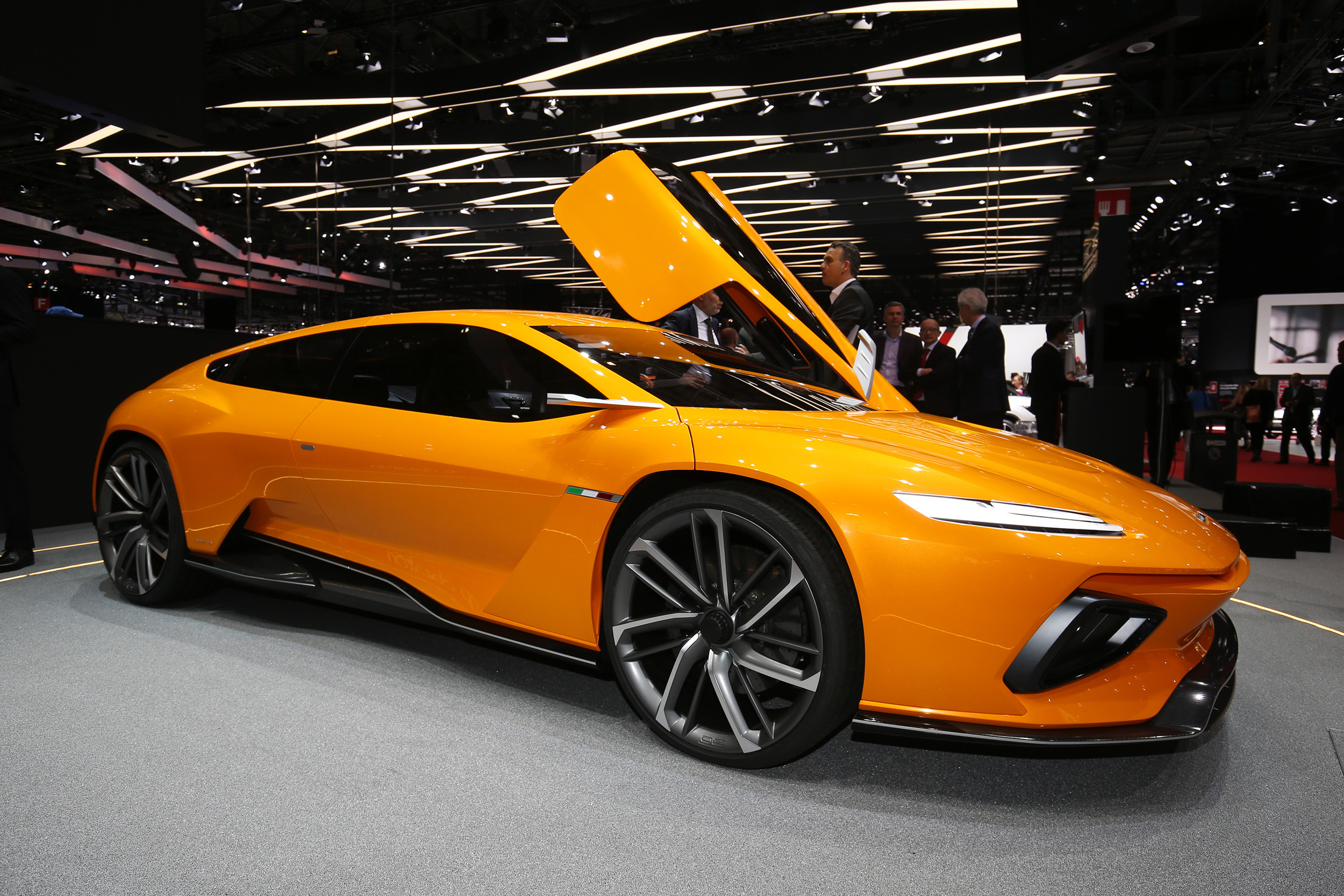
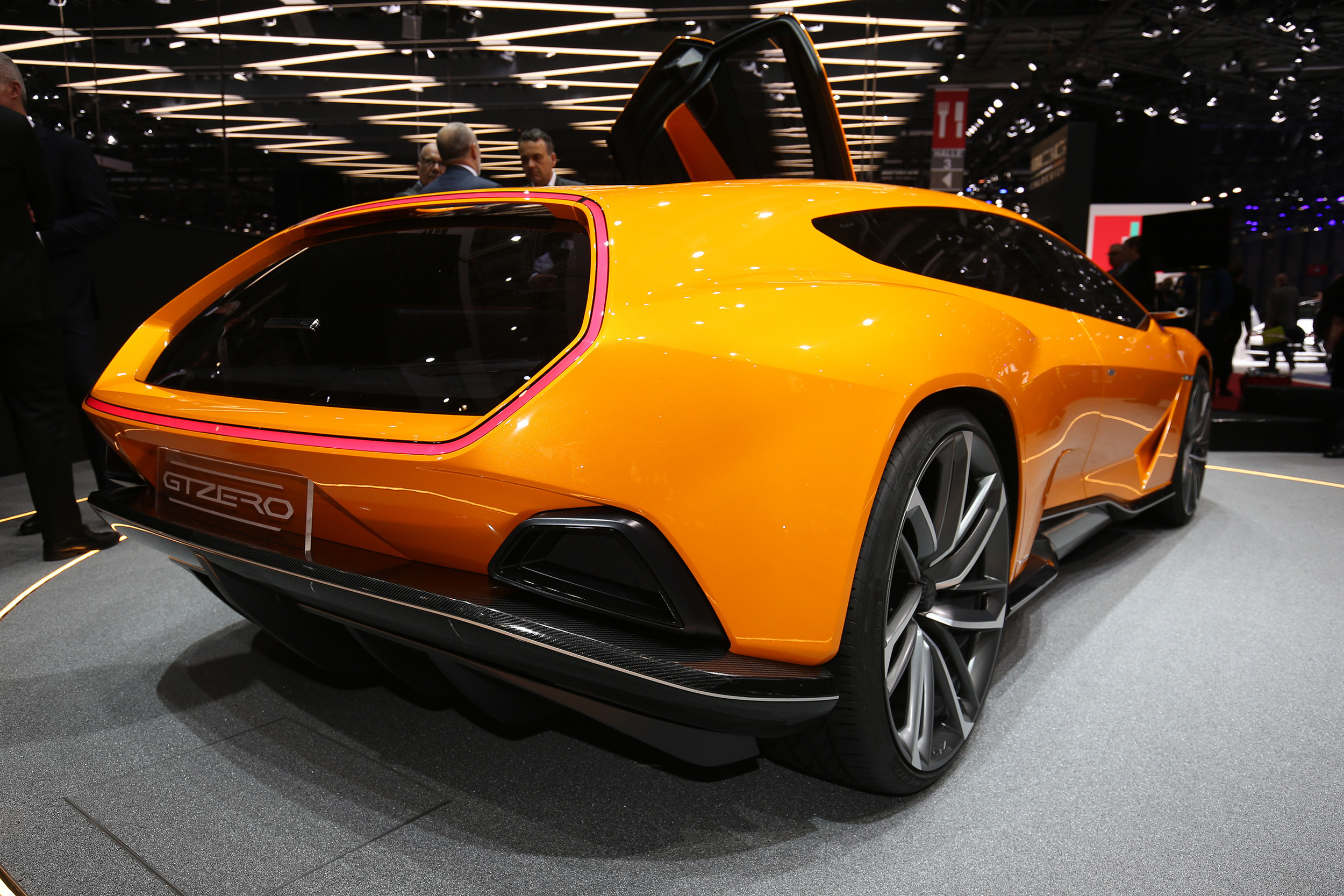
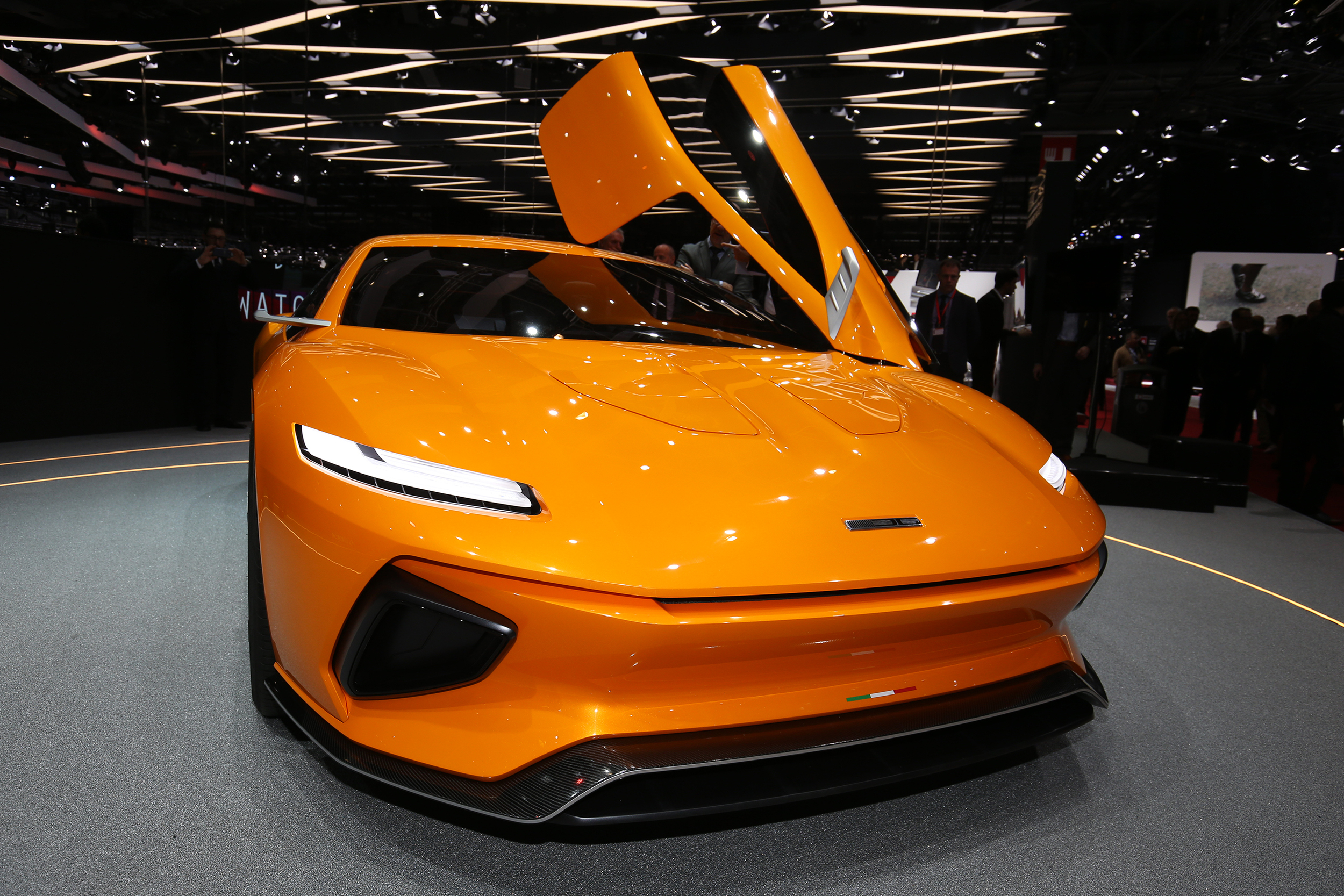
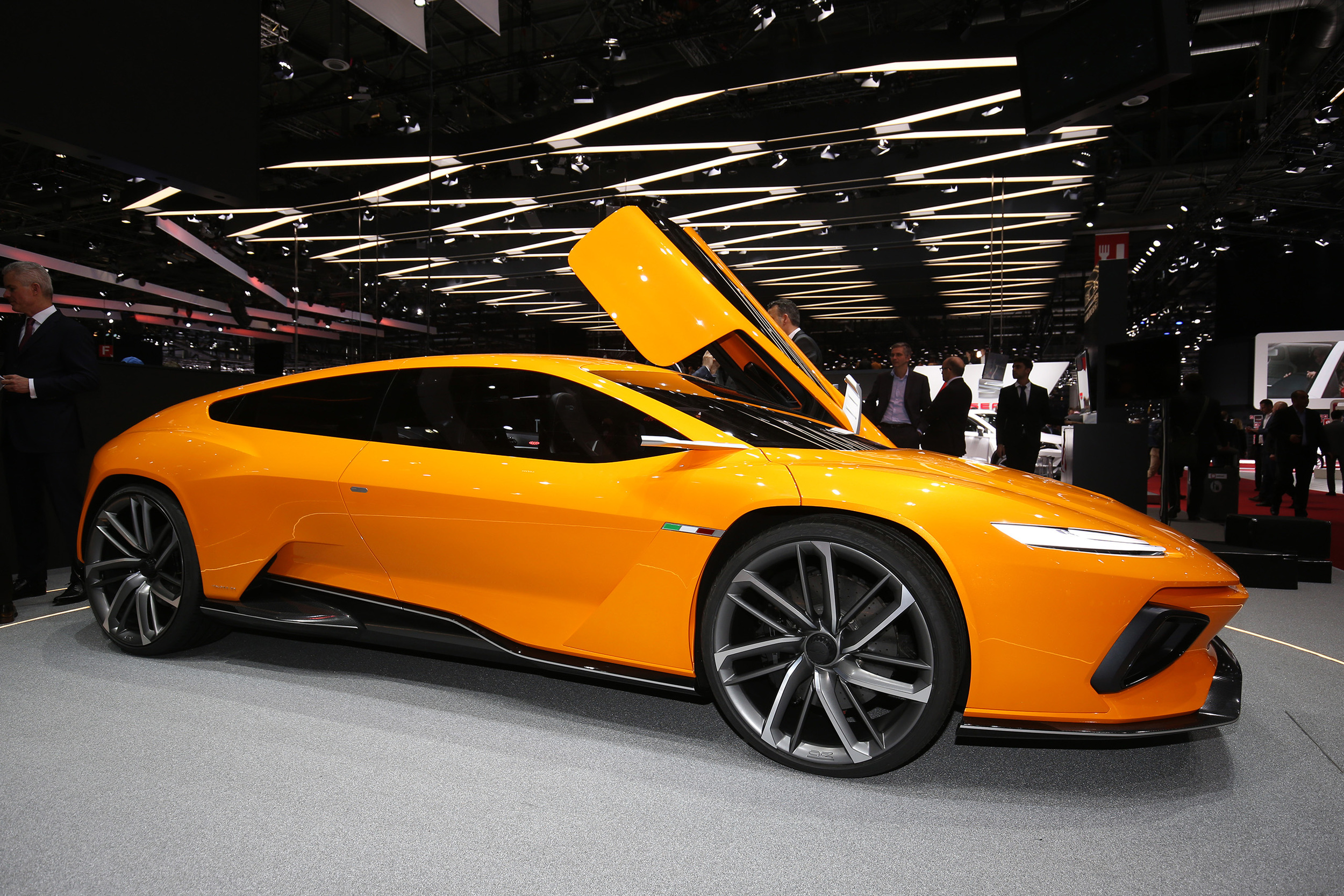
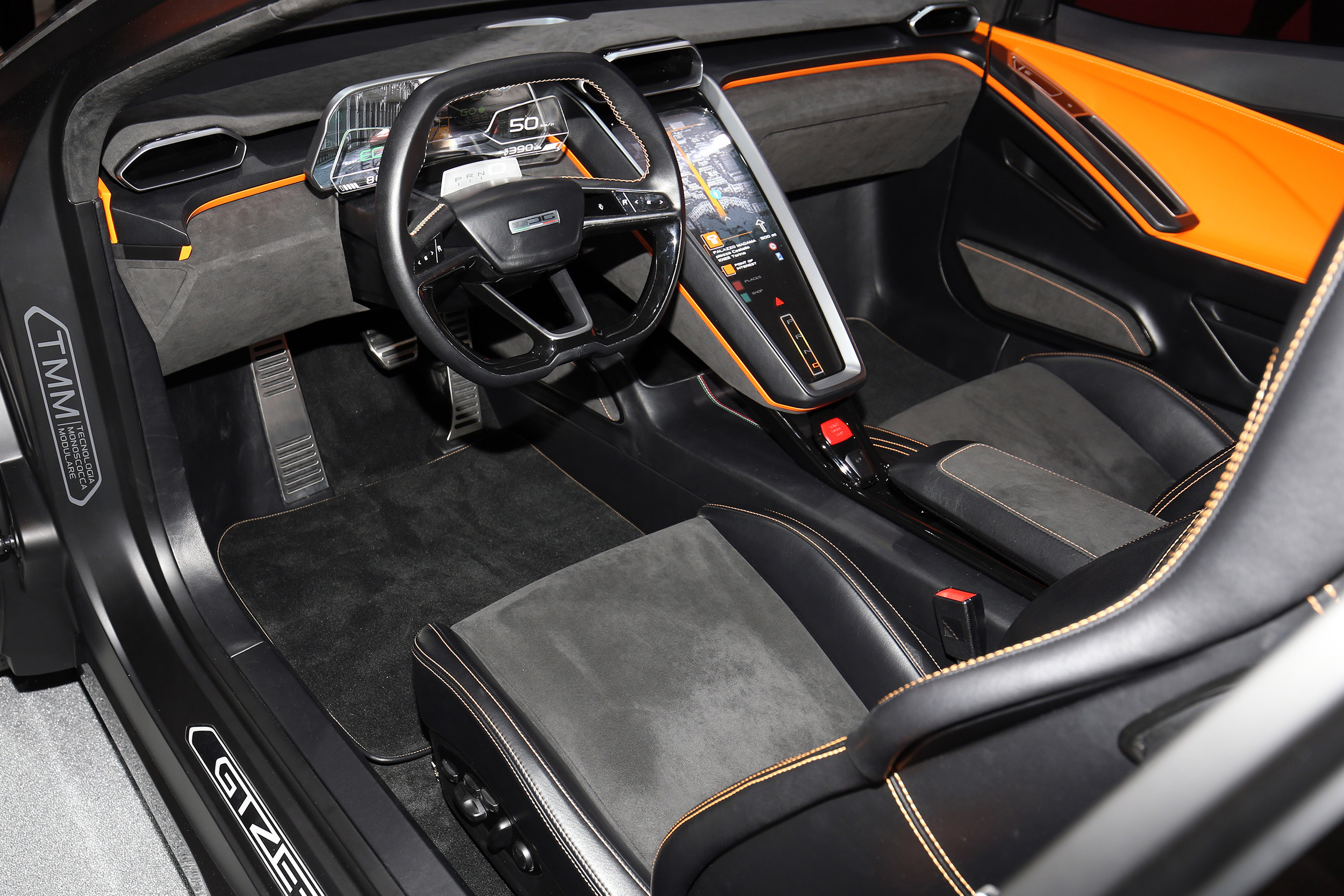

Italdesign has revealed a modern interpretation of the classic GT car with its GTZero.
The GTZero, presented in Geneva, is powered by three electric motors, two on the front axle and one on the rear - which is able to deliver an overall power output of 360 kW with four-wheel drive and four-wheel steering. Built on a modular monocoque carbon frame with integrated batteries, its top speed is limited to 155mph and it has a driving range of around 310 miles. 80 per cent of the charge is achievable in about 30 minutes.
The Gran Turismo’s sleek and dynamic profile is combined with a 'wide and comfortable' passenger compartment. The reduced rear overhang, elongated front and contained height convey its sporty nature, whilst the shooting-brake layout allows three bags to be packed comfortably in the rear luggage compartment and two more in the front one.
The GTZero was planned, designed and built at Italdesign’s headquarters in Moncalieri. The GTZero pays tribute to the nearly fifty years of history of Italdesign, recapturing several ideas from some of its historic concept cars. The active flaps on the bonnet are reminiscent of the 1997 Alfa Romeo Scighera, whilst the long bonnet, pronounced mudguards and pitched tail are a tribute to the 1995 Daewoo Bucrane; the sporty setup of the car ‘for family use’, on the other hand, brings to mind the Ferrari GG50.
The exterior lines flow from the wheels, which are 22” at the front and 23” at the rear, to the treatment of the body surfaces is both muscular, with the large wheel arches and bonnet elongated to create its sporty character, and wraparound, to ‘soften its aggressive feel’. The large air intakes and spoilers — solutions that are not merely aesthetic but functional as well — dominate the front and rear views and enclose active aerodynamic systems. At high speeds the spoilers come out to increase downforce and the air intakes open to increase aerodynamic flows. On the side, two slots close to the wheel arches stand out and help with brake system cooling.
The rear features a hexagonal shape large rear window, which also acts as an access door to the luggage compartment. The geometrical shape is framed by a long LED which runs right around the glazed surface and indicates the typical functions of the rear optical units.
Car entry is through two doors which open in the elytra style, described as like ‘the shell-like protections on beetle wings’ and which take a portion of the roof, increasing comfort when getting in and out of the passenger compartment.
In this all-electric version the batteries are integrated into the frame and inside the central tunnel, whilst the three electric motors are distributed between the front and rear axles (two on the front, one on the rear); in the hybrid version the drive shaft will be located inside the tunnel.
The dashboard includes three large air conditioning vents; the design is functional yet makes full use of ventilation technology used recently in a number of high-end domestic fans, but ‘never before tested on a car’. The vents have no internal structure at all and the air flow is generated by the vent’s ergonomics.
The steering wheel is the GTZero is described as the real control console - with two rear pads, located where the paddle shifters are normally positioned, which allow the three-level OLED dashboard display to be controlled. Another two, on the front of the steering wheel, are used to control primary functions, such as lights, direction indicators, windscreen wipers.
The small central monitor, closer to the steering wheel, indicates the gear used; just behind it and to the side, two screens show speed and motor revs and, finally, the large monitor displays navigation information. The information displayed can be changed by touching the steering wheel pads, touching both the surfaces at the same time activates the “Pista!” mode, which modifies the power delivered and the trim of the car. In “Pista!” mode, all the information is concentrated on one display.
